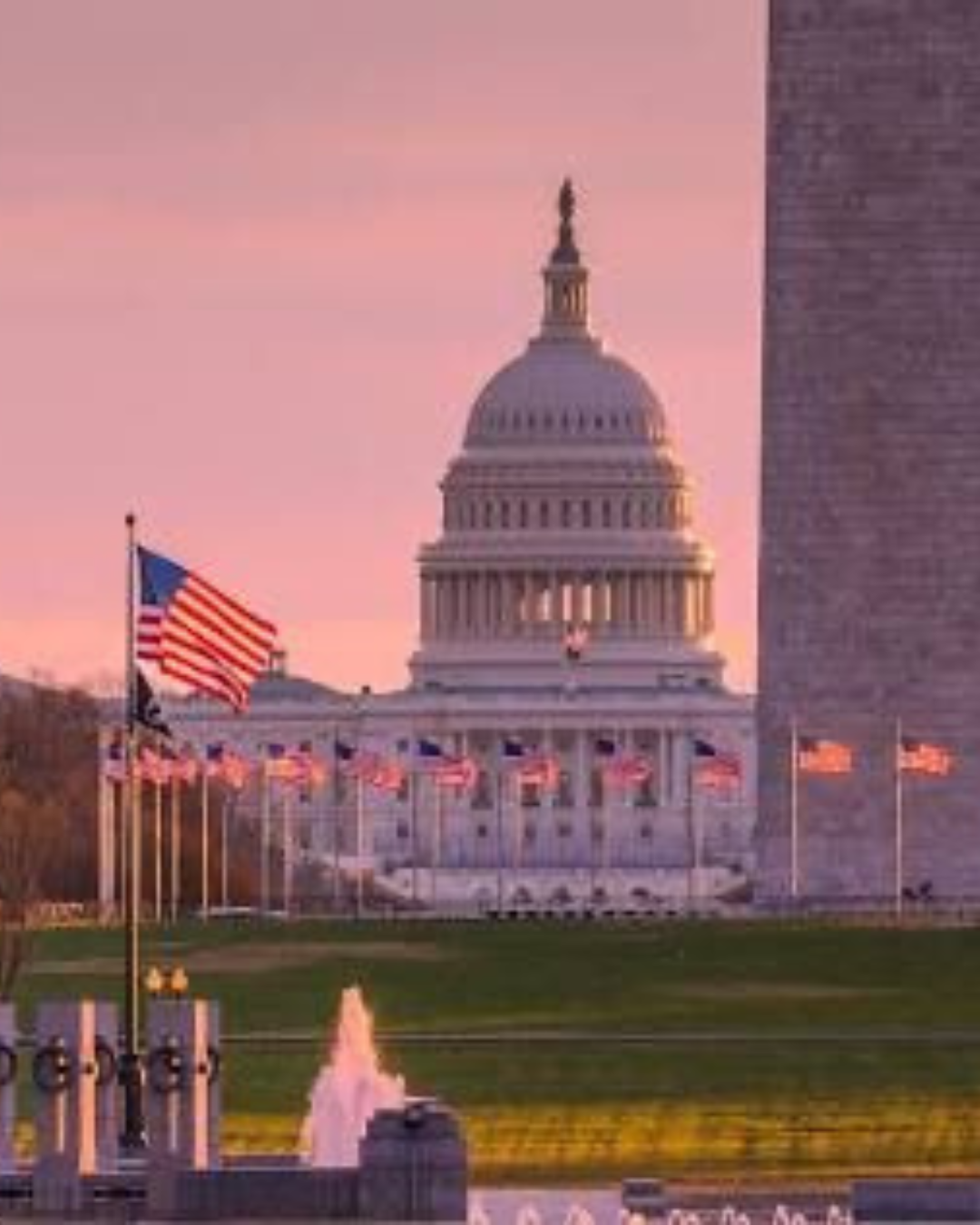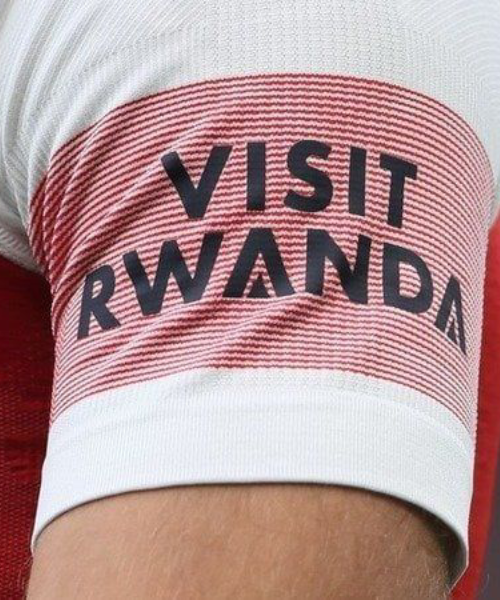In a landmark moment for regional diplomacy, India and Pakistan have reached a mutual agreement to halt all military activity with immediate effect. The truce follows intense negotiations led by the United States and marks a major step toward easing tensions between the two long-time rivals, both of which possess nuclear capabilities. This marks the most serious confrontation between the countries in over twenty years.

Escalation of Conflict
The current crisis was sparked on April 22 after a violent attack in Indian-administered Kashmir resulted in the deaths of 26 Hindu tourists. India accused Pakistan-supported militants of orchestrating the assault—a charge Pakistan firmly denied. In response, India initiated “Operation Sindoor,” striking Pakistani military facilities. Pakistan retaliated with its own offensive, “Operation Bunyan Ul Marsoos,” unleashing a barrage of missiles and drones across the border. The military exchanges caused at least 66 fatalities and brought both countries to the brink of war.
Role of U.S. Mediation
The ceasefire was achieved through diplomatic efforts steered by the United States. Former President Donald Trump announced the deal through his platform, Truth Social, declaring that India and Pakistan had agreed to a “FULL AND IMMEDIATE CEASEFIRE” following overnight discussions.
Key figures in the negotiations included Secretary of State Marco Rubio and Vice President J.D. Vance. They coordinated directly with Indian Prime Minister Narendra Modi and his Pakistani counterpart, Shehbaz Sharif. Rubio confirmed that both sides committed to halting all military engagements and expressed willingness to engage in more extensive talks at a neutral venue.

Ceasefire Implementation and National Reactions
The truce took effect at 5 p.m. IST on May 10 and applies to all forms of military operations—air, land, and sea. Pakistan’s Foreign Minister, Ishaq Dar, confirmed the ceasefire, underlining Pakistan’s desire for peace without compromising national integrity. Similarly, India’s External Affairs Minister, Subrahmanyam Jaishankar, confirmed India’s participation, reiterating the nation’s zero-tolerance stance on terrorism.
The news sparked celebrations across both countries. Citizens expressed collective relief and hope for long-term stability. However, underlying skepticism remains, with some agreements like the Indus Waters Treaty still suspended—highlighting the fragile trust between the two governments.
Global Reaction
The international community has responded positively to the ceasefire announcement. Countries including China, the G7 members, Saudi Arabia, and Turkey voiced support for the initiative and called for continued diplomatic efforts to sustain peace. Saudi and Turkish officials were reportedly involved in backchannel diplomacy to support the talks.

What Lies Ahead
While the ceasefire is a vital step toward resolving hostilities, the region remains on high alert. Military leaders on both sides have issued cautious statements, promising not to escalate tensions as long as the other side maintains the truce. The durability of this peace agreement will depend heavily on ongoing dialogue, confidence-building measures, and international oversight.
As both nations navigate this delicate moment, global observers remain cautiously optimistic that the agreement could lay the foundation for long-term peace and regional cooperation in South Asia.











